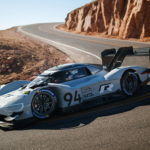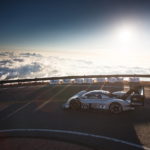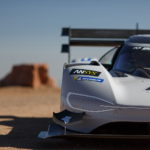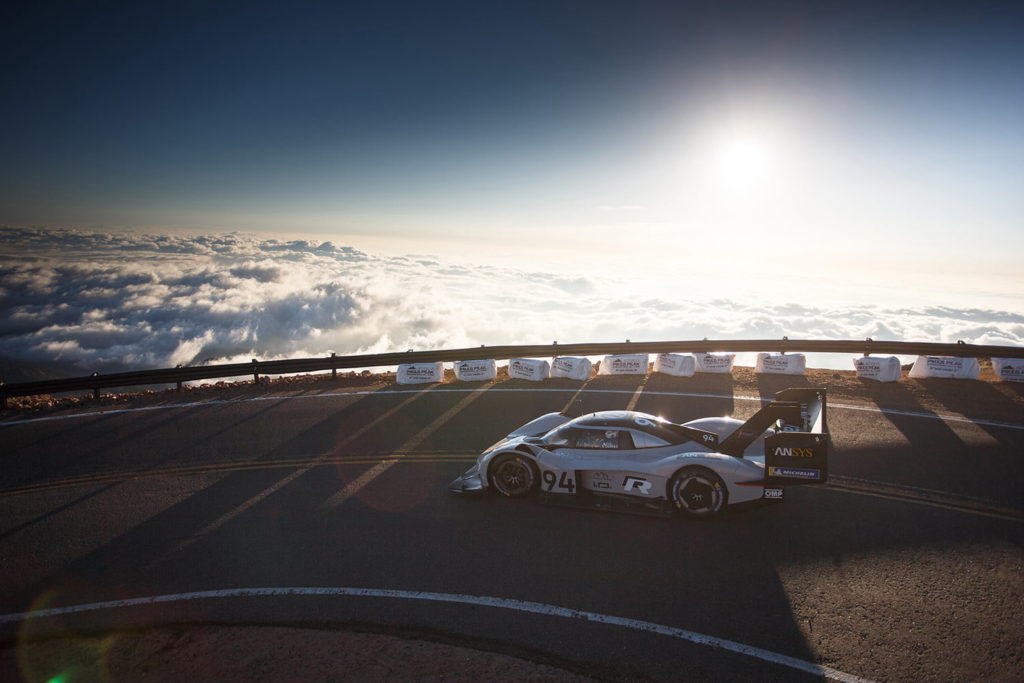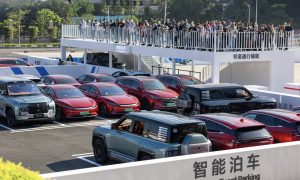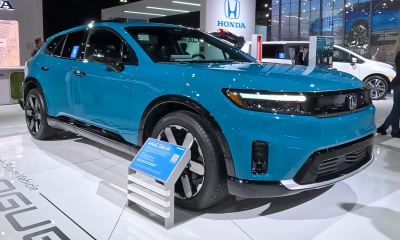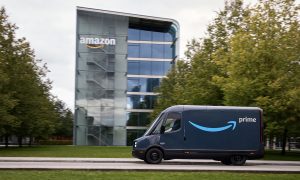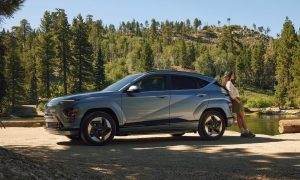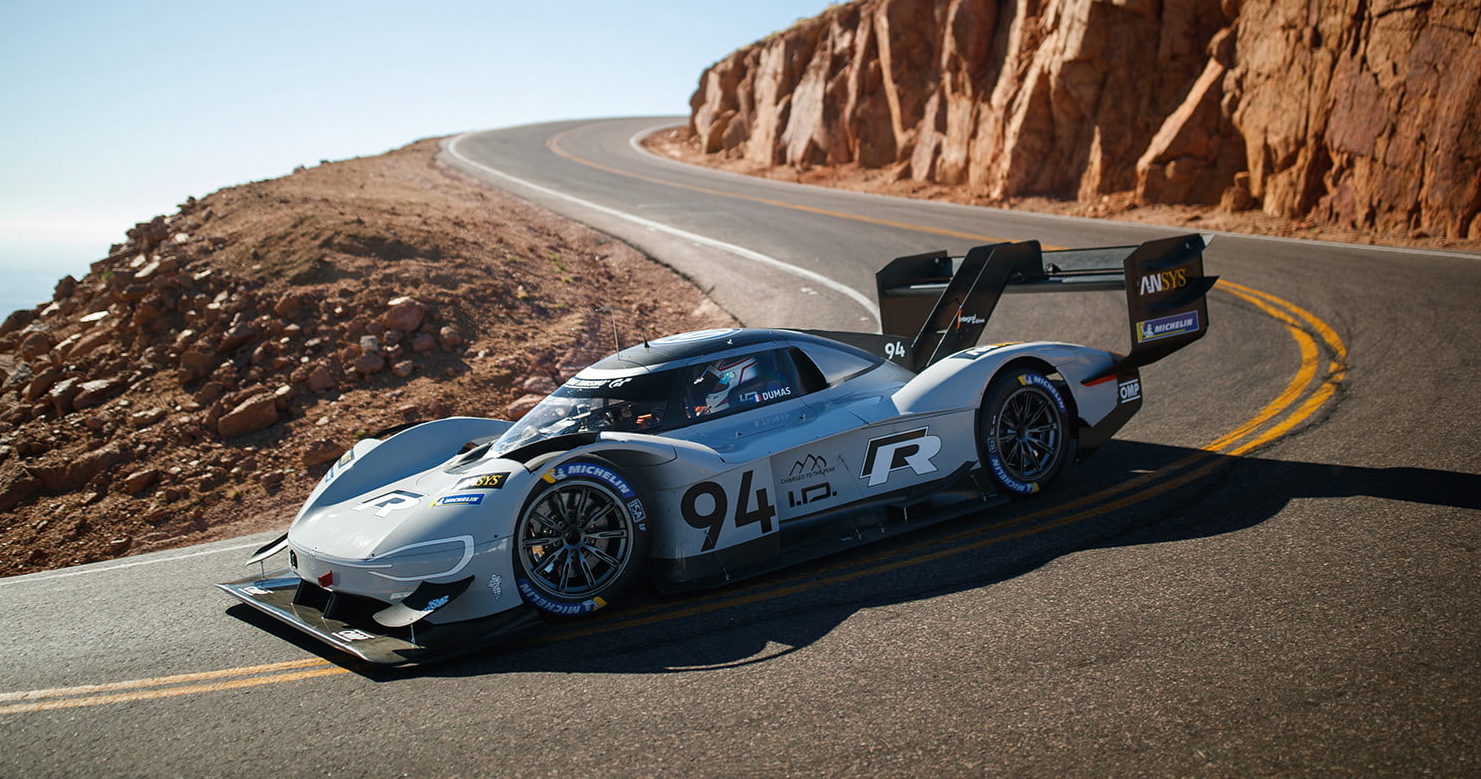

Lifestyle
Why electric vehicles will continue to dominate Pikes Peak after record-shattering run
The Pikes Peak International Hill Climb happens every June in Colorado, sending cars from the base of Pikes Peak up to its top in an arduous climb to a 14,000 feet elevation. The speeds gained are not spectacular by today’s racing standards, but the climb itself is a mixture of brute power and endurance like no other race in the world.
Climbing Pikes Peak even on a normal day is not easily done. Most production vehicles will struggle to get to the summit and many will fail to do so. That’s under standard driving conditions on what is now a fully-paved roadway. The reasons for this are many, but boil down to altitude, the uphill grade, and the huge number of curves in the 12.42-mile road into the clouds.
This year, the Pikes Peak IHC record was blasted through by an electric car. Not for the first time, but so definitively that it’s considered a huge milestone. The car was a Volkswagen purpose-built design whose name specifies what it’s for: the I.D. R Pikes Peak. Meant to showcase the electrification efforts of VW’s new I.D. brand, the car was built specifically to make the Pikes Peak hill climb as quickly as possible. The engineering behind the car is amazing.
Before we talk about that, though, an understanding of what’s at stake at Pikes Peak and how difficult this race really is should be had.
About the Hill Climb
The Pikes Peak International Hill Climb has been the go-to endurance race for high-altitude automotive for over a century. As the second-oldest race in the United States, the Pikes Peak IHC starts at mile marker 7 on the Pikes Peak Highway and runs right up to the top of the roadway’s end 12.42 miles up. There are 156 turns going up the mountain and driver and vehicle gain nearly 5,000 feet in altitude during the climb. The highest point in the race reaches into the sky to over 14,000 feet above sea level.
This amount of climb at that altitude poses significant challenges for race teams. The thin air means less oxygen for driver and machine, sapping performance considerably. With combustion engines, it means less oxygen for the combustion process. With electrics, it often means less cooling for the batteries and components. Most performance electric vehicles can use significant amounts of energy cooling batteries, which heat up quickly during high-performance driving. Components like electric motors and controllers can similarly have performance drain from heat.
Thus taking a Tesla Model X P100D to Pikes Peak, for example, might be a walk in the park under normal driving conditions, suffering nothing more than a significantly lowered range due to the amount of hill climbing involved. Yet trying to race that X up to the Peak will result in the vehicle overheating and entering limp mode early in the run.
Since 2011 when the Pikes Peak Highway was completely paved, most vehicles, whether electric or not, have been able to make the climb under normal conditions if driven leisurely.
Why Electrics Dominate Pikes Peak
The roadblocks for an EV climbing Pikes Peak versus a combustion-powered vehicle in the same race, are far fewer. With the problems of weight versus range having been conquered for some time, the issue of power delivery versus thermal management is the focus.
One of the first electric vehicles to make headlines for its Pikes Peak International Hill Climb run was the Drive eO PP03. Its race time, an impressive 9 minutes, 7.22 seconds, however, was not the reason it was noticed. It was noticed because it was an electric car piloted by rally champion and well-known Pikes Peak racer Rhys Millen. And the PP03 beat the expected EV winner, Nobuhiro Tajima, by over 20 seconds.
Since then, an EV has made headlines in every Pikes Peak race. None, until this year, have beaten the 2013 record set by Sebastian Loeb in a specially-modified Peugeot 208. That record, at 8 minutes and 57 seconds, was compared to how long it takes to fly a helicopter, vertically, from the base to the summit.
That record is no more. Thanks to Volkswagen.
The Volkswagen I.D. R Pikes Peak
This specially-built racer was designed, engineered, tested, and raced in only eight months from start to finish. The car set a Pikes Peak Challenge time of just 7 minutes, 57.148 seconds and its engineers say that if conditions had been perfect on race day, it could have made it even faster. Driver Romain Dumas agreed with that assessment. He also said that the race to the summit is far tougher than an entire 24 Hours of Le Mans run.
The secret is in the battery balance of size, weight, and power delivery. There are two battery packs, each running alongside the driver at the center of the chassis. Each pack powers an electric motor. The entire vehicle weighs under 2,500 pounds and produces 670 horsepower of output. It’s 0-60 mph time is 2.2 seconds, faster than a Formula 1 car, and it can sustain that kind of power output for the duration of its charge. Without becoming crippled by heat.
Rather than add weight- and power-expensive cooling, Volkswagen chose to leave the batteries without thermal management. Instead, airflow around and through the car is critical to its success. The bodywork of the I.D. R Pikes Peak is designed in a way similar to Sprint and Formula race cars, aimed towards managing airflow carefully in order to maximize performance capability. Where a combustion-powered car would direct airflow into the engine through ducting and around the engine for cooling, the I.D. R instead focuses airflow around the batteries and components for maximum cooling (even at thin-air altitudes). It also maximizes airflow around the wheels, as per a Formula car, to maximize downward thrust and improve traction for both straightaways and corners.
This was coupled with a design made specifically for the Pikes Peak climb. The course is just over 12 miles long, so the batteries were sized and formulated to give enough power to run full-throttle for about 13 miles. Cell chemistry is designed to store maximum power and then deliver it at high volume for a sustained amount of time. Unlike production car batteries, of course, VW’s batteries in the I.D. R Pikes Peak don’t have to meet production-level warranty requirements or cycle lifespans.
By perfectly balancing the car’s aerodynamics, cooling flow, battery size, weight distribution, and power delivery, the VW team was able to shatter the previous record for the Pikes Peak International Hill Climb. It’s likely that this record will remain for some time.
Going forward, it’s clear that the advantages electric vehicles have in a race like the Pikes Peak IHC are many and most of the roadblocks towards keeping them out of the running are now surmounted. Combustion engines may continue to win this particular race, on occasion, but it’s very unlikely that they’ll dominate from here on out. For perspective, Rhys Millen, who previously won the EV record, was driving a Bentley SUV with a 12-cylinder engine and took almost 11 minutes to finish the race.
https://www.youtube.com/watch?v=0c3ndL0mSAQ
Lifestyle
Possible first glimpse of Tesla “Model 2” affordable car in Fremont Factory
The models that Tesla will release in the coming months will resemble the company’s current lineup.
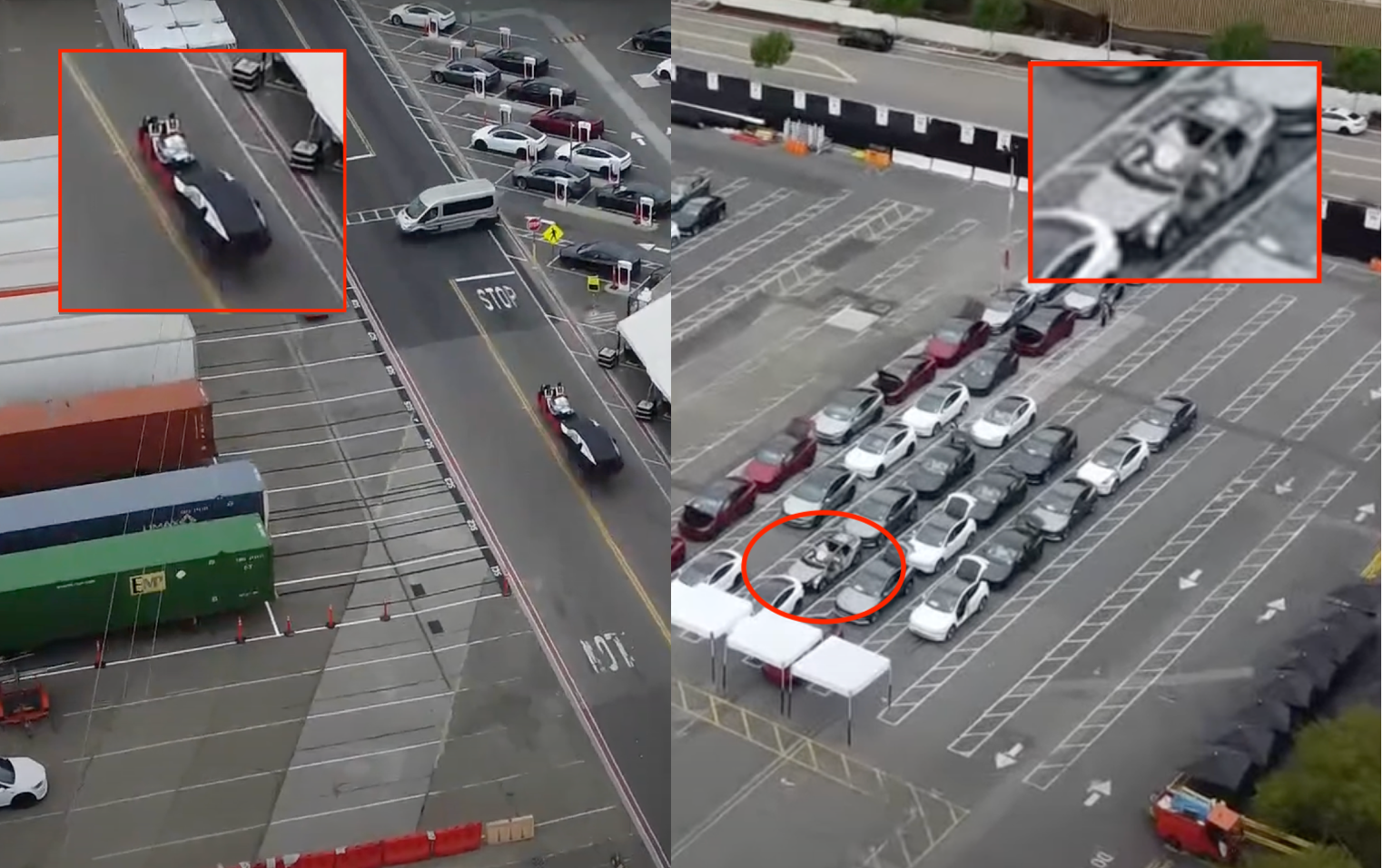
During the Q1 earnings call, Tesla VP of Vehicle Engineering Lars Moravy set expectations on the design of the affordable models that the company is expected to launch this 2025. As per the Tesla executive, the models that Tesla will release in the coming months will resemble the company’s current lineup.
Drone footage from the Fremont Factory earlier this month might have provided the EV community its first potential glimpse at Tesla’s affordable cars–fondly dubbed by EV fans and analysts as the “Model 2” or even “Model Q”–or at least their components and overall shape.
The Sighting
Tesla watcher and drone operator Met God in Wilderness, who has been posting aerial videos of the Fremont Factory for years now, recently shared some footage from his drone flyovers this month. While the Fremont Factory was abuzz with activity as usual, a couple of rather strange vehicles were quickly spotted by EV watchers on social media.
During the drone operator’s flyover on the 17th, for example, an unfinished vehicle could be seen parked next to what appeared to be fully-built Model S and Model Y units. What was especially interesting was the vehicle’s roof, which seemed to be slightly narrower than the Model Ys around it. Based on the video, at least, the vehicle seemed to be shaped like a crossover as well.
Footage from the 24th of April also proved quite interesting, with the drone operator capturing footage of another cryptic vehicle. Unlike the mysterious, unfinished, crossover-esque car spotted on the 17th, this particular unit seemed to have a more sloping rear, at least based on the shape of its covering.
What Lars Moravy Said
In Tesla’s Q1 2025 Update Letter, Tesla noted that “plans for new vehicles, including more affordable models, remain on track for start of production in the first half of 2025.” Tesla also noted that the new vehicles will utilize aspects of its next generation and its current platforms. They will also be produced on the same manufacturing lines as its present vehicle lineup, likely the Model Y and Model 3.
During the earnings call itself, Moravy specifically stated that the new models that would come out in the next months would resemble the company’s current vehicles. They will, however, be affordable. “Models that come out in next months will be built on our lines and will resemble, in form and shape, the cars we currently make. And the key is that they’ll be affordable, and you’ll be able to buy one,” Moravy stated.
Watch the drone operator’s footage from April 17 below.
The drone operator’s footage from April 24 can be viewed below.
Lifestyle
Elon Musk seemingly confirms Cybertruck gift to 13-year-old cancer fighter
Diagnosed in 2018 with a rare form of brain and spine cancer with no cure, the teen has undergone 13 surgeries by the time he was 12.
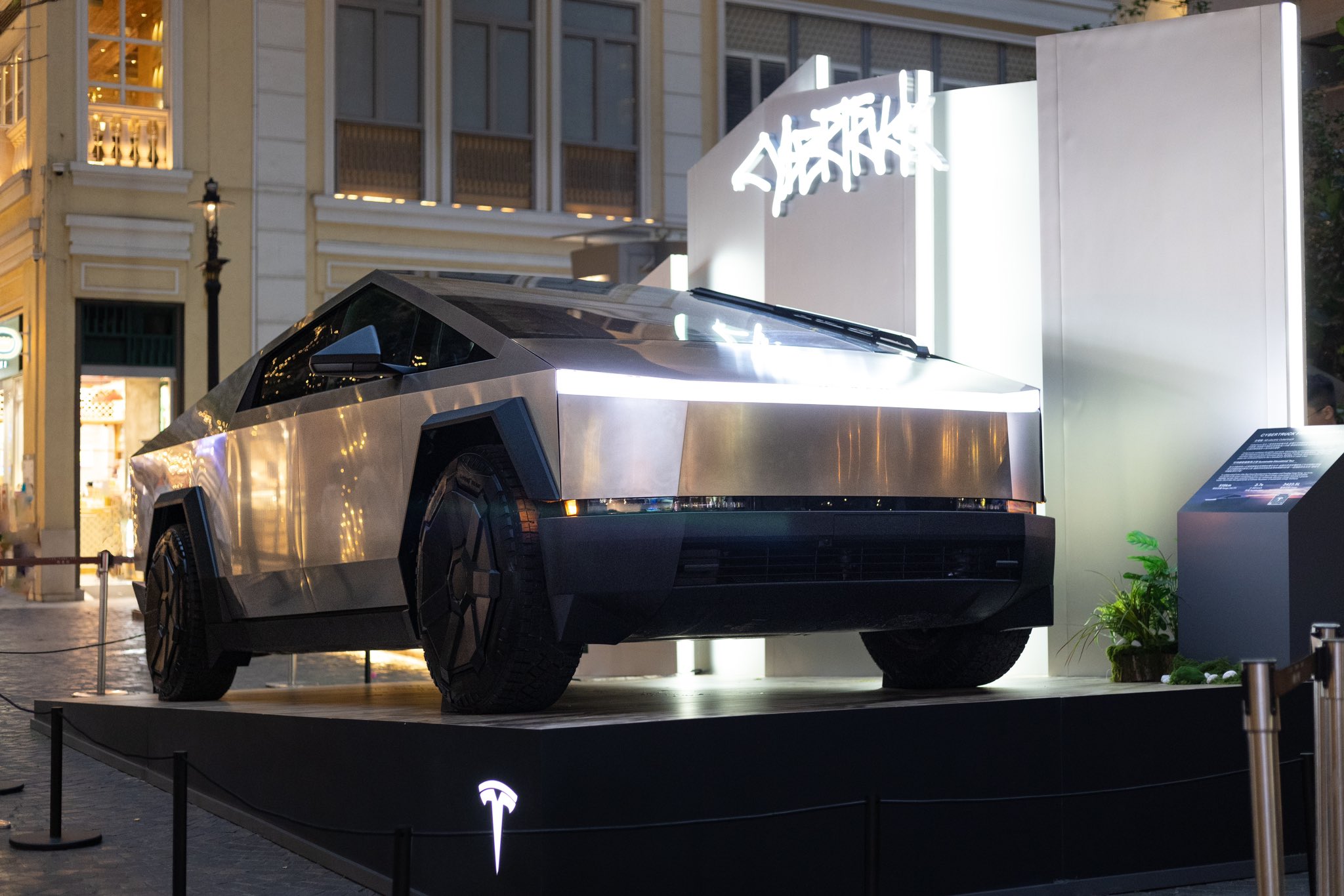
Elon Musk has seemingly confirmed that he will be sending a Tesla Cybertruck to 13-year-old Devarjaye “DJ” Daniel, a 13-year-old Houston boy fighting brain cancer. The teen was recognized as an honorary Secret Service member by U.S. President Donald Trump during his address to Congress on Tuesday.
A Chance Meeting
The Tesla CEO’s Cybertruck pledge was mentioned during DJ’s short interview with CNN’s Kaitlan Collins. When Collins asked the 13-year-old what he told the Tesla CEO, DJ answered that he asked for a Cybertruck.
“I said, ‘can you do me a big favor, when you get back to Houston can you send us a Cybertruck down there?’” the cancer fighter stated.
Daniel noted that Musk responded positively to his request, which was highlighted by Collins in a post on X. Musk responded to the post with a heart emoji, suggesting that he really will be sending a Cybertruck to the 13-year-old cancer fighter.
Teen’s Cancer Battle Inspires
Diagnosed in 2018 with a rare form of brain and spine cancer with no cure, Daniel has undergone 13 surgeries by the time he was 12. During his speech, Trump highlighted the 13-year-old’s long battle with his disease.
“Joining us in the gallery tonight is a young man who truly loves our police. The doctors gave him five months at most to live. That was more than six years ago. Since that time, DJ and his dad have been on a quest to make his dream come true,” Trump stated.
Daniels officially received an honorary badge from U.S. Secret Service Director Sean Curran, to much applause during the event.
Surprisingly Partisan
While Daniels’ story has been inspiring, Trump’s focus on the 13-year-old cancer fighter has received its own fair share of criticism. MSNBC host Nicolle Wallace, while referencing Daniels’ love for law enforcement, noted that she is hoping the 13-year-old never has to defend the U.S. capitol against Trump supporters. “If he does, I hope he isn’t one of the six who loses his life to suicide,” Wallace stated.
Anti-Musk and Trump accounts on X have also thrown jokes at the cancer fighter’s honorary badge, with some dubbing the 13-year-old as a “DEI hire” that should be looked into by DOGE.
Lifestyle
Tesla owner highlights underrated benefit of FSD Supervised
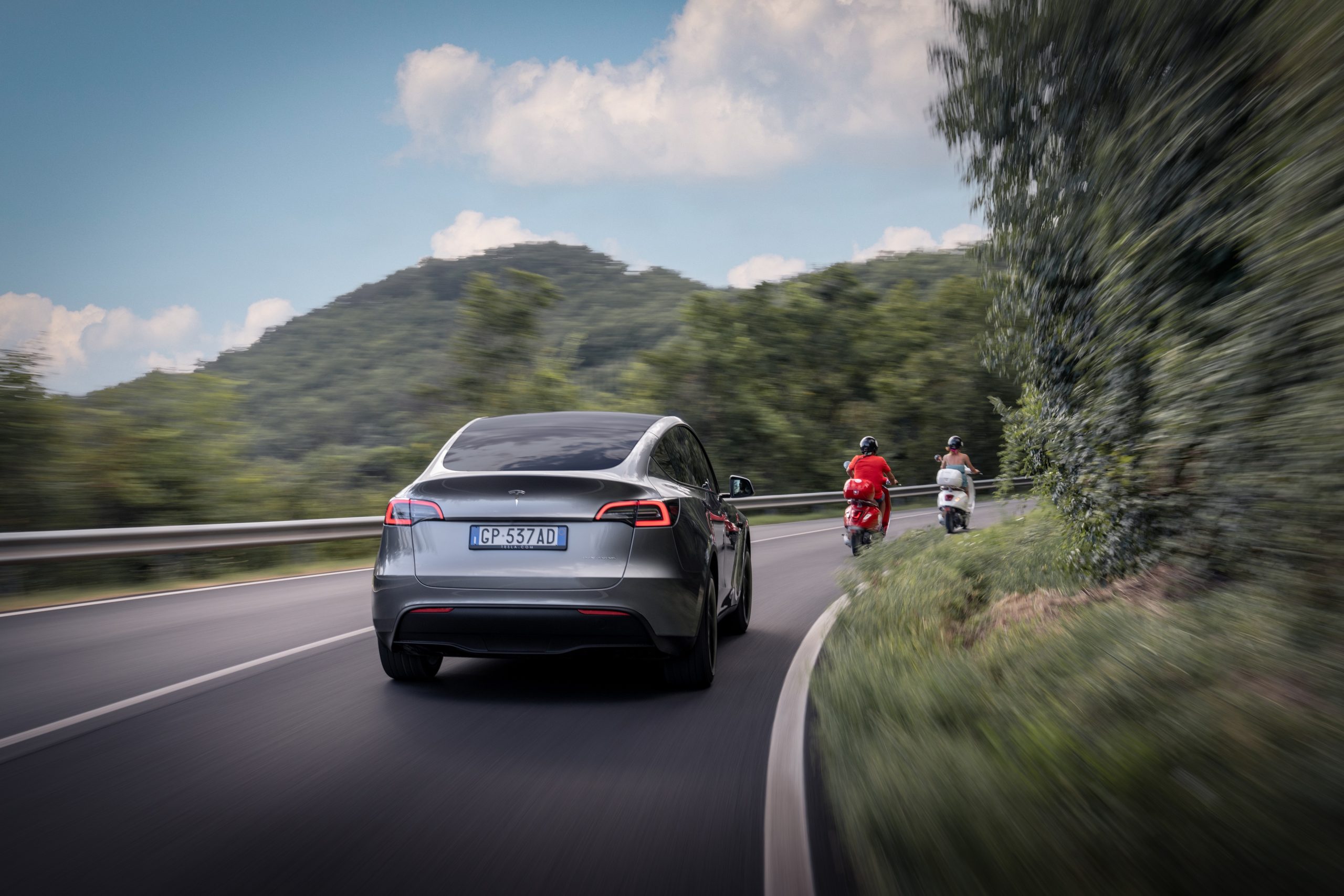
Elon Musk has been pretty open about the idea of FSD being the difference maker for Tesla’s future.
If Tesla succeeds in achieving FSD, it could become the world’s most valuable company. If it doesn’t, then the company would not be able to reach its optimum potential.
FSD Supervised’s safety benefits:
- But even if FSD is still not perfect today, FSD Supervised is already making a difference on the roads today.
- This was highlighted in Tesla’s Q4 2024 Vehicle Safety Report.
- As per Tesla, it recorded one crash for every 5.94 million miles driven in which drivers were using Autopilot technology.
- For comparison, the most recent data available from the NHTSA and FHWA (from 2023) showed that there was one automobile crash every 702,000 miles in the United States.
This morning, Tesla FSD proved to be an absolute godsend. I had to take my brother-in-law to the hospital in Sugar Land, TX, which is 40 miles away, at the ungodly hour of 4 AM. Both of us were exhausted, and he was understandably anxious about the surgery.
— JC Christopher (@JohnChr08117285) January 29, 2025
The convenience of…
FSD user’s tale:
- As per an FSD user’s post on social media platform X, FSD Supervised was able to help him drive a relative to a medical facility safely even if he was exhausted.
- During the trip, the driver only had to monitor FSD Supervised’s performance to make sure the Tesla operated safely.
- In a vehicle without FSD, such a trip with an exhausted driver would have been quite dangerous.
- “This morning, Tesla FSD proved to be an absolute godsend. I had to take my brother-in-law to the hospital in Sugar Land, TX, which is 40 miles away, at the ungodly hour of 4 AM. Both of us were exhausted, and he was understandably anxious about the surgery.
- “The convenience of sending the hospital’s address directly from my iPhone to my Tesla while still inside my house, then just a single button press once inside, and 40 miles later we were precisely in front of the hospital’s admissions area.This experience really underscores just how transformative this technology can be for society,” Tesla owner JC Christopher noted in his post.


Don’t hesitate to contact us with news tips. Just send a message to simon@teslarati.com to give us a heads up.
-

 News1 week ago
News1 week agoTesla’s Hollywood Diner is finally getting close to opening
-

 Elon Musk2 weeks ago
Elon Musk2 weeks agoTesla doubles down on Robotaxi launch date, putting a big bet on its timeline
-

 News4 days ago
News4 days agoTesla is trying to make a statement with its Q2 delivery numbers
-

 News2 weeks ago
News2 weeks agoTesla’s top investor questions ahead of the Q1 2025 earnings call
-

 News2 weeks ago
News2 weeks agoUnderrated Tesla safety feature recognized by China Automotive Research Institute
-

 News2 weeks ago
News2 weeks agoTesla reveals its Q1 Supercharger voting winners, opens next round
-

 News2 weeks ago
News2 weeks agoTesla police fleet saves nearly half a million in upkeep and repair costs
-

 Investor's Corner7 days ago
Investor's Corner7 days agoLIVE BLOG: Tesla (TSLA) Q1 2025 Company Update and earnings call

